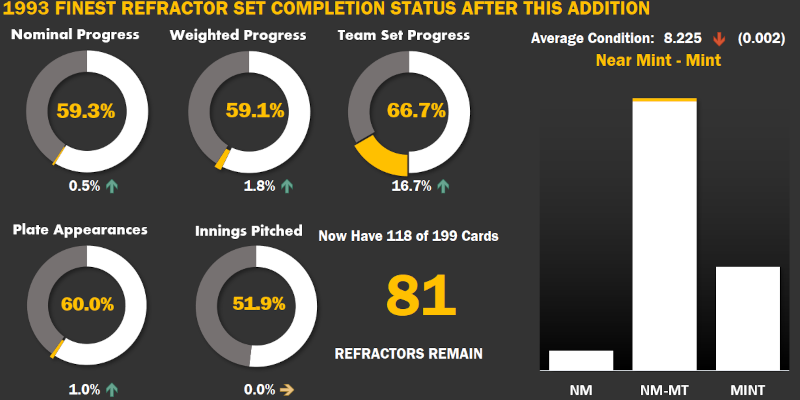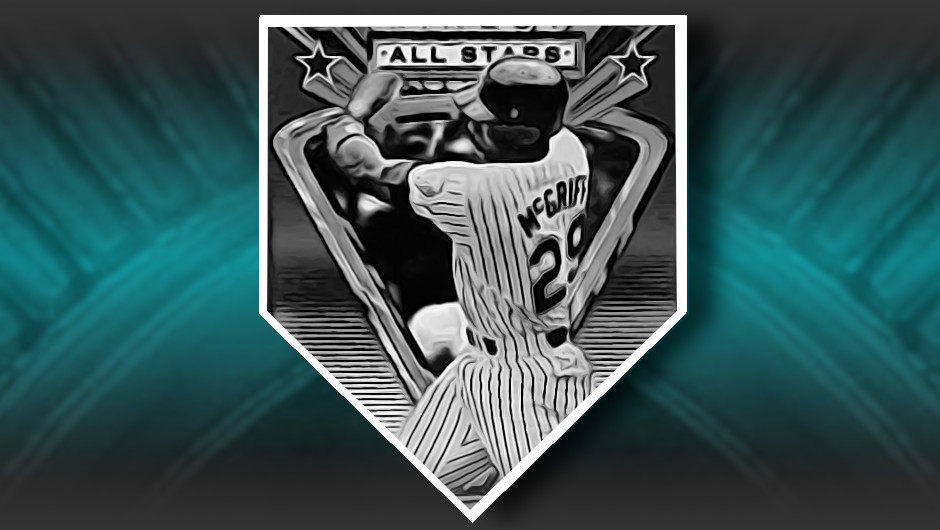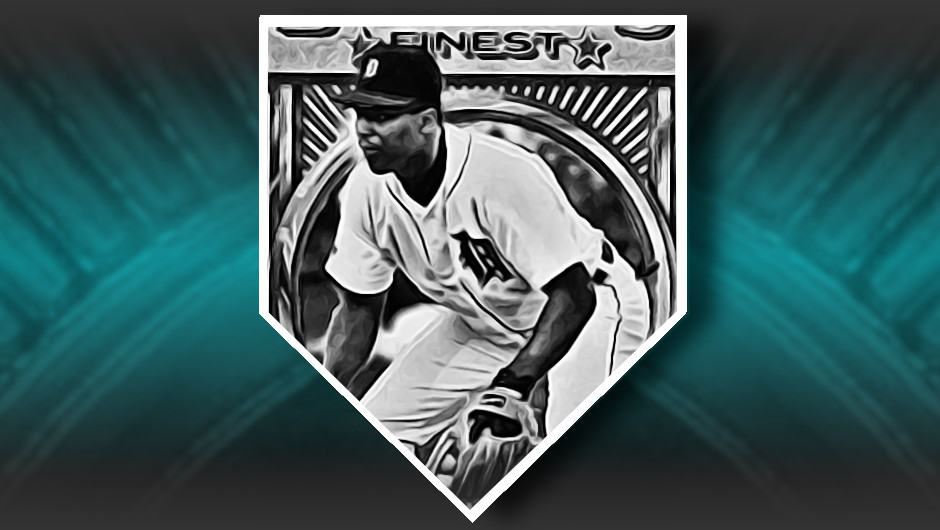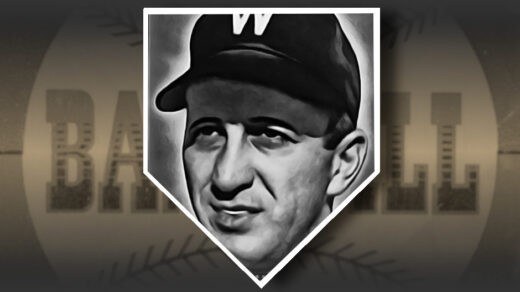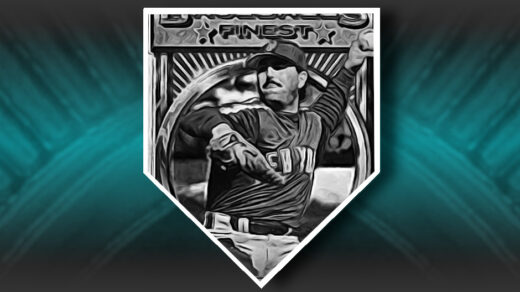Last year Aaron Judge reminded us just how fun a home run chase can be. He hit 62 home runs, breaking the American League mark set by Roger Maris 61 years ago.
Sammy Sosa hit 60 or more home runs in three different seasons, yet amazingly never led the league in any of those years. In 2001 he hit 64, a total that would have barely edged out Judge’s 2022 performance if Sosa had not pulled off the most unlikely home run of a year in which he seemingly could only hit home runs.
With 160 games already in the books, Sosa had 62 HRs. He was also 0 for 2 in stolen bases that year, a far cry from when he was a near persistent threat to take 20-30 bases annually. Sosa’s stolen base totals fell off a cliff in 1999 and he never got more than 7 in any year of the last decade of his career. His legs, it seemed, were no longer needed now that he had found his home run swing.
Facing Pittsburgh’s Tony McKnight in a Cubs home game, Sosa lofted an easy fly ball to right field. Outfielder Rob Mackowiak looked like he had it in his sights, but lost track of the ball. It dropped to the ground behind him and rolled to the right field corner. Third base coach Gene Glynn can be seen in video of the game waving Sosa around third when Mackowiak finally returned the ball in the direction of the infield. Sosa slid across home plate for an inside the park home run.
A Quintuple Double
Sosa wasn’t just a home run threat, he could do it all. In just his second year he gave the sport a sampler platter of statistical performances, recording double digit doubles, triples, home runs, stolen bases, and assists. Being a relatively new player still learning his role, he also posted double digit totals in errors, times caught on the basepaths, and double plays grounded into.
While other metrics have surpassed Runs Batted In (RBI) as a measure of baseball skill, high RBI totals still tell identify good offensive players. Sosa recorded 160 RBIs in 2001, driving in a full 20% of the Cubs’ offense that season. The total is the second highest of any player in the postwar period and is effectively one run per game.
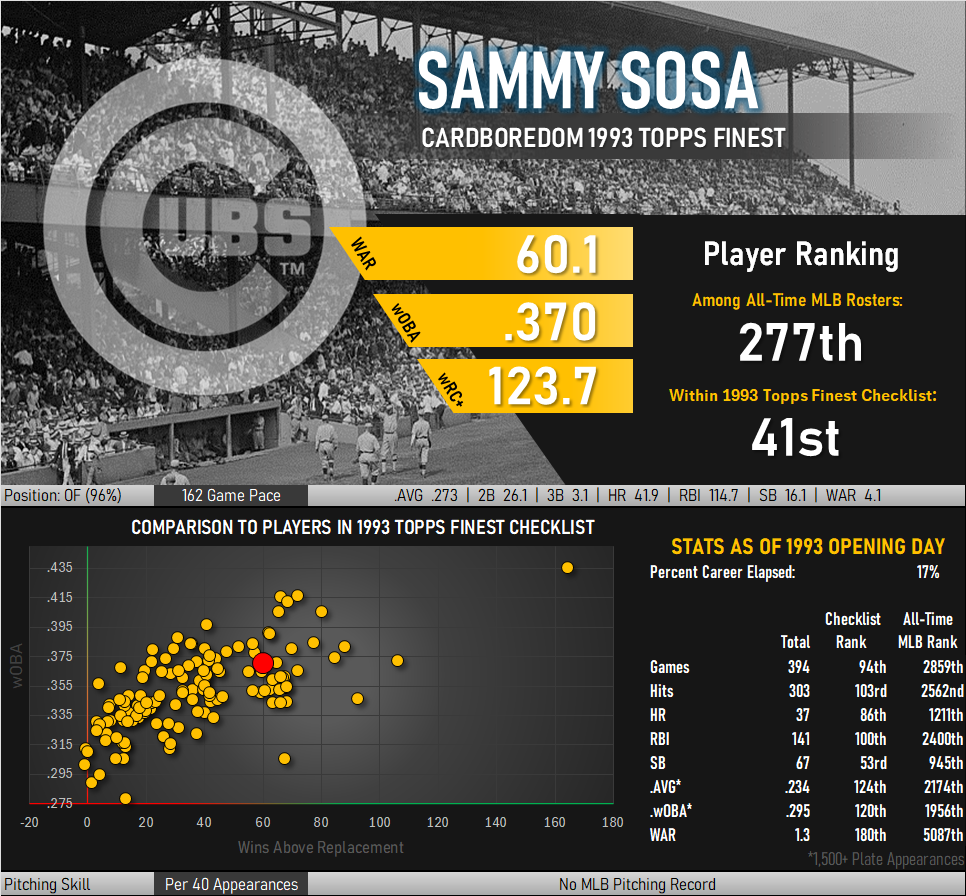
Sosa collectors had plenty of cards to choose from in 1990, a year that the hobby’s price guides recognized as his rookie season. However, he actually has a lone appearance in a 1989 issue. Sosa is part of the 1989 Donruss Baseball’s Best set. Rather than being issued in wax packs like the regular Donruss set of that year, these cards were sold late in the season in mass market retail store toy aisles as complete sets. The front appears identical to the regular ’89 Donruss issue, but every card uses a yellow to green gradient color scheme rather than the rainbow employed in the manufacturer’s primary release.

My Sosa Refractor Needs an Asterisk
Reporter Dick Young suggested Roger Maris’ home run record have an asterisk added to it to suggest it was not as impressive as Babe Ruth’s runner-up total of 60. While there never actually was an asterisk in the record books, there was the shadow of one in the recurring undercurrent of baseball discussions. There is no asterisk next to Sammy Sosa’s HR totals, though the era in which he played and leaked league testing results have generated a cloud over his seasonal tallies. An asterisk exists in the minds of baseball fans.
I have a Sammy Sosa card in my refractor collection. Like my other cards, it has been reviewed by the most popular grading service and assigned a rating of 8 out of 10 (NM-MT). The grade is defined as follows:
A PSA NM-MT 8 is a super high-end card that appears Mint 9 at first glance, but upon closer inspection, the card can exhibit the following: a very slight wax stain on the reverse, slightest fraying at one or two corners, a minor printing imperfection, and/or slightly off-white borders. Centering must be 65/35 to 70/30 or better on the front and 90/10 or better on the reverse.
PSA Grading Standards
The card largely meets this definition, but the upper right corner presents a problem. Visible in the scan below, this corner has obviously hit something pretty hard. Based on the front of the card, I would have knocked it down one notch to a NM 7 rating, but grading is at its heart a subjective enterprise. Flipping the card to the back, however, reveals a bit more corner damage at that location. The corner has apparently bent fully over in the past, creating a wrinkle in the cardboard 1/8th of an inch from the tip of the corner. My photo of the card doesn’t pick it up, but basically it looks like someone folded the corner all the way back and then smoothed it out. My guess is the card fell from someone’s hand, landed directly on this corner, and was then folded back into a flat position. The NM-MT 8 grade is overly optimistic, but then again, Sosa was always an optimist.

